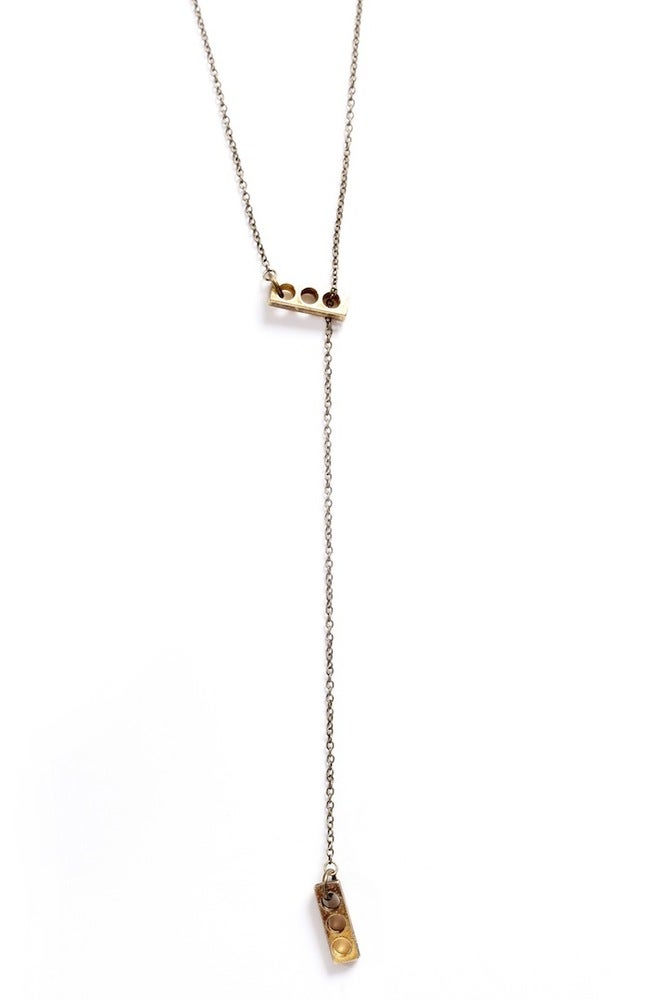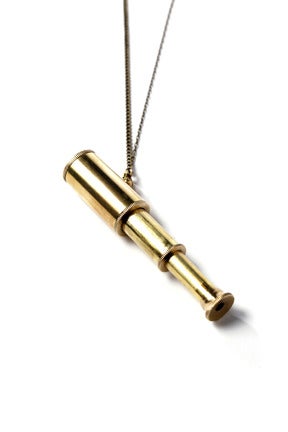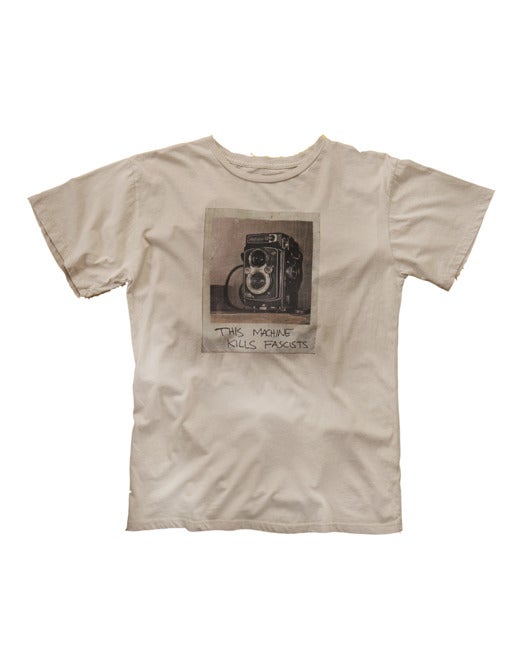Warning: There are a lot of words below, and they are somewhat haphazardly organized. I promote many different types of nonprofits and for-profits with very different strategies on how to improve the world, which I believe is the only way to answer all the different facets of what is going on our country and the world. There isn't one right answer. However, we do need to be aware of our involvement in all these different strategies. And if you're shaking your fist at all the words right now, don't worry -- I'll post pretty things to apologize very soon.

One for one movements have been cropping up for a while now, and
Toms Shoes is everyone’s go-to example. It can be found everywhere from
my blog to
adorable babies' tootsies to all over social media (#OMGILOOOVEMYTOMS!). Toms' hip branding is impeccable, its cause pure, its wide base of followers/customers enthusiastic. However, this also means Toms bears the brunt of being a negative example for those questioning the one-for-one strategy, and I've recently stumbled on numerous examples of this.

The first place was in
Foreign Policy's November Issue, in the article
"Haiti Doesn't Need Your Old T-Shirt," which talks about the West’s pattern of dumping extras on developing countries, as well as the detriments of a giant food aid industry. The first, donating cast-offs, the author says eases our guilty consumer consciences while taking away money from local economies (the article states that World Vision spends 58 cents per shirt on getting a donated shirt to Zambia, which is well within the cost of a secondhand shirt there). The second, giving food, directly translates into feeding the hungry, except we forget that it may completely miss the mark or devastate local economies. For example, “Between the 1980s and today, subsidized rice exports from the United States to Haiti wiped out thousands of local farmers and helped reduce the proportion of locally produced rice consumed in the country from 47 to 15 percent.”

The article also suggests that charitable giving may be down because philanthrocapitalism – here is where Toms is used as a prime example – is up. If you buy a pair of shoes knowing that it also provides a pair to someone in need, the theory is that you’re less likely to give an extra $50 to an organization that uses the money to strengthen local economies or fund that locally sourced food. While this is arguable – we buy shoes anyway, and it may be a happy bonus that may have slightly steered our decision, instead of a conscious “donation” – it’s a slightly scary concept. I mean, if marketing can successfully direct us away from wholehearted donation back into consumerism, we may be in trouble.
But there’s also the discussion about how aid has been failing anyway – the billions that have been pumped into Africa, it’s said, have left very little improvement, and a largely dependent and corrupt relationship. Companies such as
Oliberté, which sources the materials for and assembles premium-fashion urban shoes in Africa, try to ad
dress this issue by using consumerism to create sustainable jobs, not raise money for aid. Towards the end of a
YouTube video in which Oliberté founder Tal Dehtiar is explaining the start and motivation behind his company, he tells a brief story about a visit to a village while building the company when he asked someone why they weren’t buying shoes from the local cobbler. The response was: Why would we? Toms was coming soon and we'll get a pair for free.
While I was working for AmeriCorps, I was paid at poverty level, albeit American-style. I (still) know what it feels like to be barely scraping by. And yes, if you’re going to get something for free, you’re definitely not going to buy that exact thing anytime soon. However, I also know that when I’m dead broke, I still have to spend that money, so it would be interesting to know what the money they saved on shoes was going towards – locally grown food? Crappy imported food? Education? Other clothing items?
Anyway, the point Tal is suggesting is that donating doesn’t create a sustainable business model that empowers people to buy the things they need, like shoes, themselves. I’ve also heard mention of people who receive the shoes wondering why Toms doesn’t just buy them from local shoe makers.
Of course, this begets the question – is it better to be doing something than nothing at all? Should we shoe children that really may not have them otherwise while other local companies and international organizations are setting the groundworks for more sustainable paths out of poverty? Also, going back to the Foreign Policy piece, what organizations
would they suggest donating to? Which do they even know of that in fact source food and clothing locally, instead of from drives or donations in the U.S.?
One company doing something interesting with the imported secondhand industry (and also squaring off with Toms, poor guy) is
Project Repat, which I’ve also
profiled. They actually collect now-ironic t-shirts that have been donated to developing countries, stamp them with where they were found, and sell them back to us silly Americans. In turn, the proceeds back
sustainable development projects in the countries that the shirts were repatriated from.
Since they kicked off this repat project, they’ve done some investigating into the secondhand import business. They tell an interesting story of finally tracing the source all the way back, with the plan to be all huffy and tell the organizations that they’re wasting money and putting local businesses under … only to find out that the number of people employed THROUGH this industry itself is pretty remarkable. Not only do people work in distribution and sales, but there are also a decent number of artisans and seamstresses who take the old t-shirt material and refit them to local body types as well as make brand new things.
Right now, Project Repat is holding a
Kickstarter campaign to raise funding to work with this secondhand-t-shirt-recreation industry. The plan is to make goods for developed country customers, such as shirts, skirts, and scarves, and the funds (as they’ve been doing) will go to sustainable development projects.
Anyway, winding down, I’d love to hear of other organizations that you all may know of that have unique solutions to any of the issues mentioned above, or your insight on the one-for-one movement and food aid industry in general. And until then, Happy Aloha Friday, all!


















































